Note: This website was automatically translated, so some terms or nuances may not be completely accurate.
Behind the Scenes of "Creating Creators" ─Reflecting on Our Newspaper's Series "ArounD 30"─
From the January 2015 issue through the December 2016 issue of Monthly Dentsu News, the "ArounD 30" section featured visual works by Dentsu Inc. art directors (ADs) in their late 20s to early 30s. The common theme was "Ideas to Make ○○ More Interesting." Behind the scenes of this feature, two individuals played a crucial role: participating from the planning stage and continuously supporting the 24 ADs involved. They were Yoshihiro Sato, Executive Creative Director at Dentsu Inc.'s Account Management Division, and Miyako Ito from the Human Resources Development Department of the same division. This time, we asked them about their thoughts and efforts over the two years, as well as what they consider important for creators.
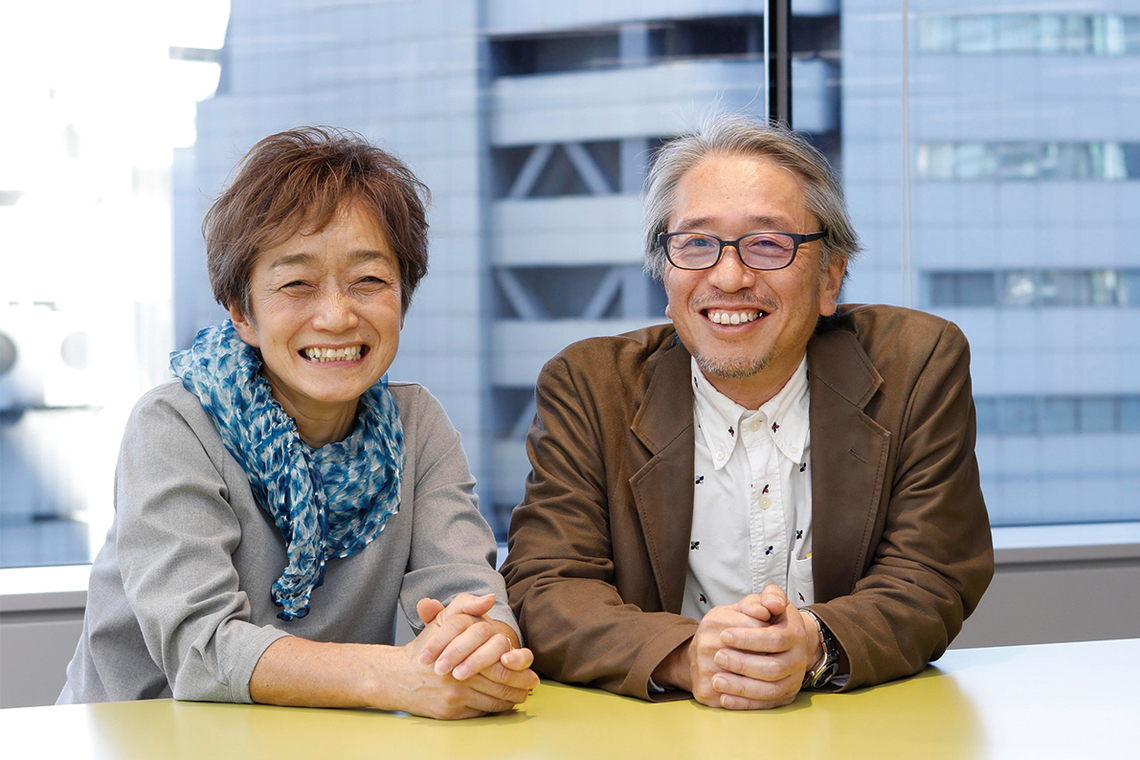
Changing Concepts and Conventions, Not Just the Product Itself
── Mr. Sato handled creative direction from idea development to completion, while Mr. Ito, drawing on nearly 30 years of experience in nurturing creators, managed communication with the art director. Looking back on "ArounD 30," could you share the challenges you faced and the points you focused on?
Sato: First, the unified theme of "Make XX More Interesting" seemed open-ended but was surprisingly challenging. When asking each creator to propose ideas, the most difficult part was directing their perspective. They tended to focus too much on the object itself.
Ito: For example, with "umbrella," we guided the discussion toward ideas like "How can we make rainy days more interesting?" rather than just making the umbrella itself more interesting.
Sato: We wanted the project to challenge people to see things differently by changing perspectives or common assumptions, rather than just focusing on the object itself. The art director's job isn't product development; it's about shaping ideas, communicating them, and conveying something. So, I believed the ideas themselves—those that challenge existing concepts—were paramount.
Ito: At the same time, we always thought together with the creators about whether this challenge was conveyed instantly through the visuals in this small space. Things involving sound or movement were also difficult to express. Sato-san gave quite a few hints, didn't he?
Sato: Whether the intent gets across to the viewer can change with just a small detail. As an advertising element, the intent and thinking need to come through clearly. We tend to explain things with words, so we tried to avoid using words as much as possible.
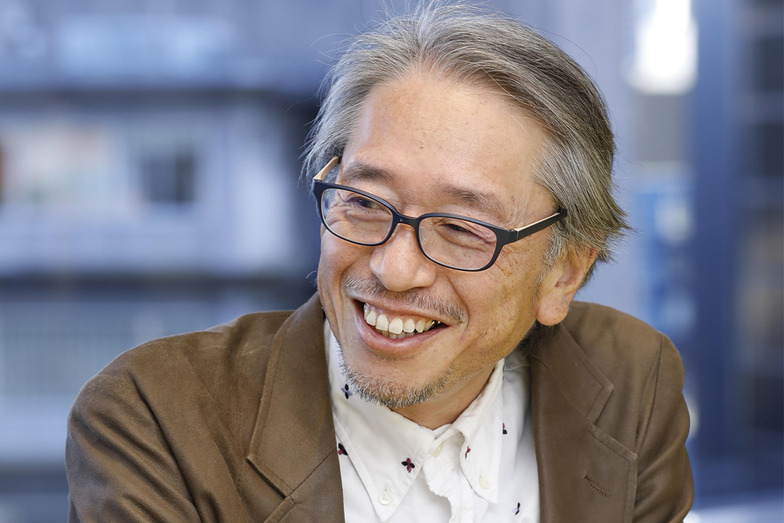
Ito: During the initial meetings, when the assigned creator brought two or three proposals, even if Mr. Sato had a preference like "I like this one," he absolutely never chose it himself. He always asked, "Which one do you want to do?"
Sato: That's right. The most important thing is for them to feel they "did it themselves," so I basically never reject ideas outright. If you dismiss the thought behind an idea, nothing meaningful remains. Instead, I ask why they chose it and find the strengths in their proposal. Sometimes their top pick was one that made me think, "Huh, this one?" (laughs).
Ito: Since this project wasn't client work, I hoped it would let them express personalities they couldn't usually show in daily tasks. So when Sato-san praised the core point in their story and ended by saying, "I think that's good too," in a way that honored their wish, it gave me a real jolt.
Sato: I'm good at giving compliments, you see.
Ito: That's right (laugh).
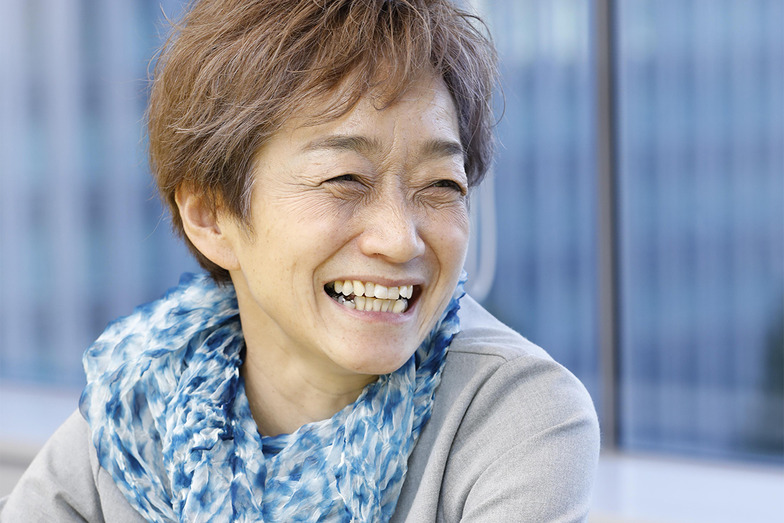
── In the second year, we changed the production process and limited the size of the works. Did you two notice any differences?
Sato: At first, we were feeling our way too, and I think the creators in charge also struggled since there was no precedent. They each blazed a trail through sheer effort. Regarding progress, while the first year relied heavily on email communication, in the second year we started holding meetings with Mr. Ito involved right from the idea-generation stage. Even though everyone was busy, meeting about three times to discuss things before finalization made the process smoother. Regarding size, initially we prioritized ideas and let the artist choose from three options. But starting the second year, we fixed it to a horizontal format. They say constraints can spark creativity, and they really expanded their ideas by making the most of the horizontal layout.
Ito: Establishing a fixed position within the page was also effective. I think it made it easier for readers to understand.
The key to nurturing creators is "not giving them the answers"
── You two have nurtured many creators. What do you consciously focus on when guiding them?
Sato: The principle of "basically not negating ideas" applies to regular work too. For any project, we first find the good points and use those as a base to discuss what's missing or needed adjustments. Even then, I avoid saying "do it this way" as much as possible; I want them to feel like they decided it themselves. That sense of having achieved something on their own builds confidence and leads to the next step.
Ito: So you give hints, but the choice is theirs.
Sato: Exactly. This requires patience. The patience to not give the answer, to wait quietly. Especially that final step takes time. But work that ends up feeling like "we just followed the creative director's instructions" won't stick with them, no matter how much external praise it gets, and it doesn't benefit the person. That feeling of "I did it myself," gained from taking that final step independently, is what I believe fuels further growth.
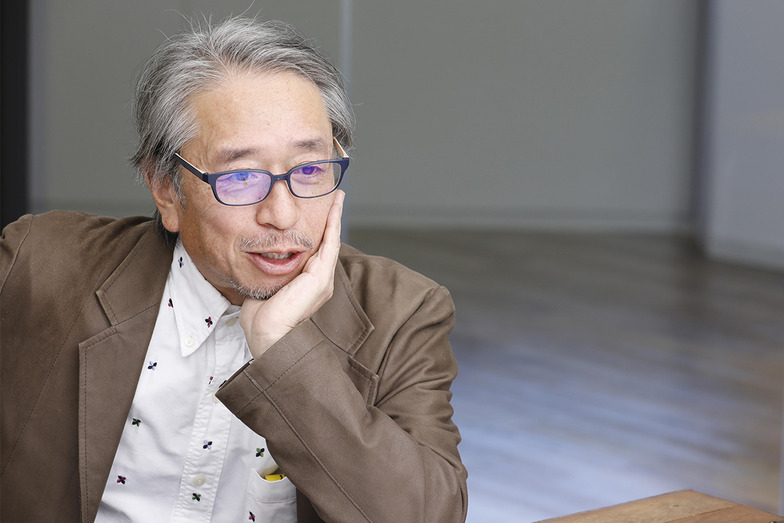
Ito: Also, there's the role of subtracting, or organizing things for them, right? From the viewer's perspective, you might think, "Maybe this isn't necessary," or "It's clearer without it."
Sato: Exactly. Precisely because the creator has so many ideas and things they want to preserve, they struggle to narrow things down. That's why it's crucial for the director not to stand in the same place. Looking down from a slightly higher vantage point helps you see what's essential and what isn't. Trying to incorporate everything means nothing ever changes, so subtraction is key. Position-wise, Ito-san's standing is perfect. We directors are always the boss, so any feedback feels top-down, but Ito-san is right beside them.
Ito: If Mr. Sato is nurturing them on the job, I'm observing from the off-duty side. I'm always thinking about what I can do off-duty. For example, replying to emails immediately. Even a simple comment like "Nice!"—I think it became a habit because I commented daily on the new employees' journals.
Sato: Creators often work alone, so having Ito-san there beside them unexpectedly must be reassuring.
Ito: I hope so. It's like with children—when someone is always watching over you and you feel "This is okay," you keep going. Before they're assigned to their respective departments, we spend several months together. I really want them to grow to love this work, so I feel that giving them feedback is crucial.
── Weren't you hesitant when you became involved in training new creative staff?
Ito: I was confused. I thought, "I'm not a creator myself, I can't do that." But my boss at the time told me, "Just introduce them to lots of great people." That really stuck with me. I thought, "Oh, right," and started having the most active people at the time speak in front of the newcomers. That became the foundation for our current creative training style. Also, since many join as general employees before moving into creative roles, I teach them how to study. For example, we call it "Ad Shower" – it's about immersing yourself in a flood of past outstanding creative work. I believe that builds foundational stamina.
The night before a breakthrough takes time
──Having watched countless creators grow, how do you two view the qualities of a creator?
Ito: I tend to immediately say it's about personality or character, but sometimes people who don't reach out much end up producing outstanding creative work, so it's not always that simple (laughs). Still, since they're creators at an advertising agency, I think communication skills are crucial—like being able to listen carefully to others and convey your own thoughts, or passionately present ideas when everyone brings them together.
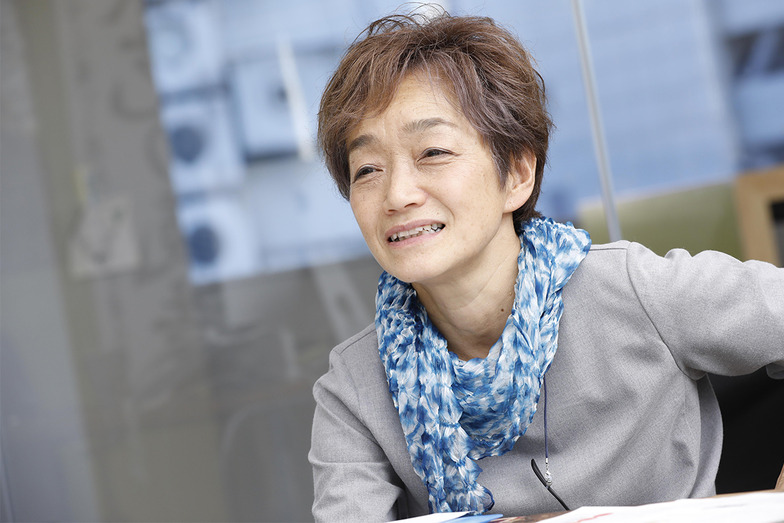
Sato: You can tell to some extent about creative potential when someone is a new hire. For example, someone with room to grow, someone who isn't finished. Someone who isn't set in their ways, who is always thinking about things beyond advertising, is better. But people who steadily improve in a straight line aren't that common. They tend to make a big leap forward on one specific project. Everyone who's considered top-tier had a moment where they thought, "Ah, this is it," and gained confidence – that's when they broke through. I want everyone to know that right before that breakthrough, they were suffering tremendously. Then there are the intuitively sharp ones. People highly sensitive to the hints we give, I suppose. Those who connect my words to their own thoughts and keep developing their ideas. That unstoppable feeling. It's fine if they think inwardly at first, but it's better if they don't stay there and want to express it outwardly.
Ito: That's right. Also, since growth happens in the workplace, encounters with seniors and the work itself matter just as much as the person's innate qualities.
Sato: I agree. In that sense, the positive personality traits you mentioned, like being bright or approachable, are important too. Whether someone can proactively join a team and be accepted, or how much they can absorb from seniors, often depends on those qualities.
Ito: Also, I'm not sure if it counts as a quality, but everyone is persistent when it comes to expression. I think the root of that is simply a love for creativity.
Sato: That's right. When you love something, you don't mind thinking about it endlessly. Whether you enjoy coming up with ideas and expressing them might be the most important quality for growth.
(Interviewer: Editorial Department)
Was this article helpful?
